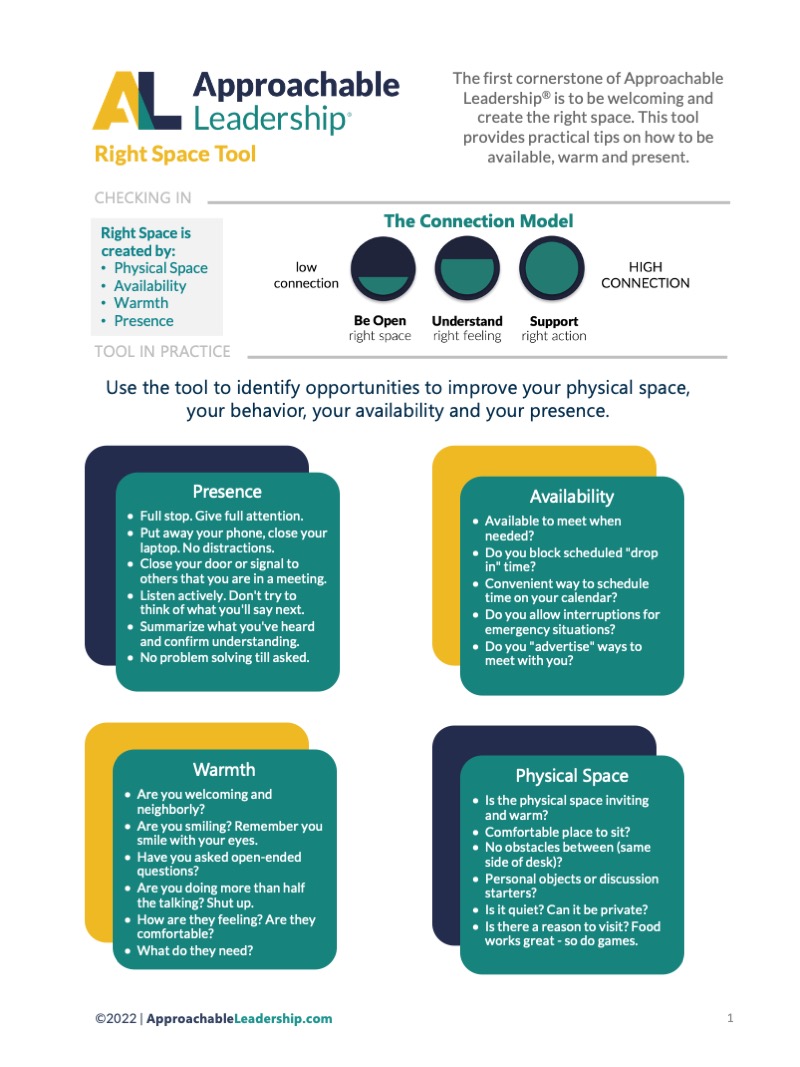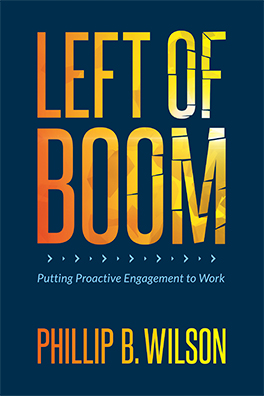The old Kaiser Permanente saga often feels like it’s new again, but the healthcare consortium’s labor woes never seem to go away. In 2022, Kaiser mental healthcare workers went on a 10-week strike in California and a 172-day strike in Hawaii. In 2023, the “largest” healthcare strike on record included 75,000 workers outside Kaiser facilities in several states, and in spring 2025, a Southern California walkout ran for 196 days.
Now, a coalition of unions is threatening another voluminous strike against Kaiser. Although this impending walkout isn’t projected to last long, it’s symptomatic of an ongoing Big Labor clash that hasn’t brought meaningful results to workers. Will the results here be the same?
One progressive outlet quoted a Kaiser nurse who claimed that their “union isn’t even paying strike pay” for the upcoming picket lines. So, what’s in it for these workers? That’s a fine question.
What’s at stake: The United Nurses Association of California/Union of Health Care Professionals (UNAC/UHCP) delivered notice of an Oct. 14 strike. The notice specifies a five-day walkout for “tens of thousands” of nurses and other medical workers at dozens of Kaiser facilities in Oregon, Washington, Hawaii, and California, with emphasis in the Bay area.
This strike would follow the expiration of contracts on Sept. 30 and Oct. 1, with bargaining scheduled through Oct. 10. The Alliance of Health Care Unions announced participation from an array of locals, and this walkout will involve anywhere from 31,000 to 46,000 workers, including pharmacists, physician assistants, rehab therapists, and more specialties.
Key issues: For the previous mental healthcare strikes, a core grievance involved therapist-to-patient ratios; the newly threatened strike rests heavily on nurse-to-patient ratios. Other issues include wages and the demand for pension plans as part of a retirement package.
Recent history suggests the next strike will only hurt workers: After the 2022 strike in California, mental healthcare workers returned to their jobs with no meaningful results and without resolution of core grievances. And the recent 196-day strike in California resulted in a 20% wage increase over four years rather than the 40% demanded by unions.
Unfortunately, those Kaiser nurses found themselves working at additional jobs after picketing during the day. They clearly didn’t receive the results promised by unions, which says nothing of how employers are pressured by unions while also working within financial realities to stay in business and keep employing workers.
The above-quoted Kaiser nurse–the same worker who disclosed that the Oct. 14 strike won’t include strike pay–firmly believes that “the unions are sleeping with management.” She further remarked upon her shock at hearing that her union had already revised its demand for raises down to 27 percent rather than 35. Of her own financial obligations to the union, she added, “I owe a thousand dollars in dues and can’t even pay it all at once.”
Conclusion: Kaiser noted that the new notice follows their participation in five national bargaining sessions and over 700 local sessions with Alliance unions over contract renewal negotiations.
Whether or not this strike will be averted at the eleventh hour, we’ll soon find out. However, it’s clear that the coalition’s strikes against Kaiser are characteristic of unions digging their claws into workplaces, and both workers and a major employer will be paying the price.






